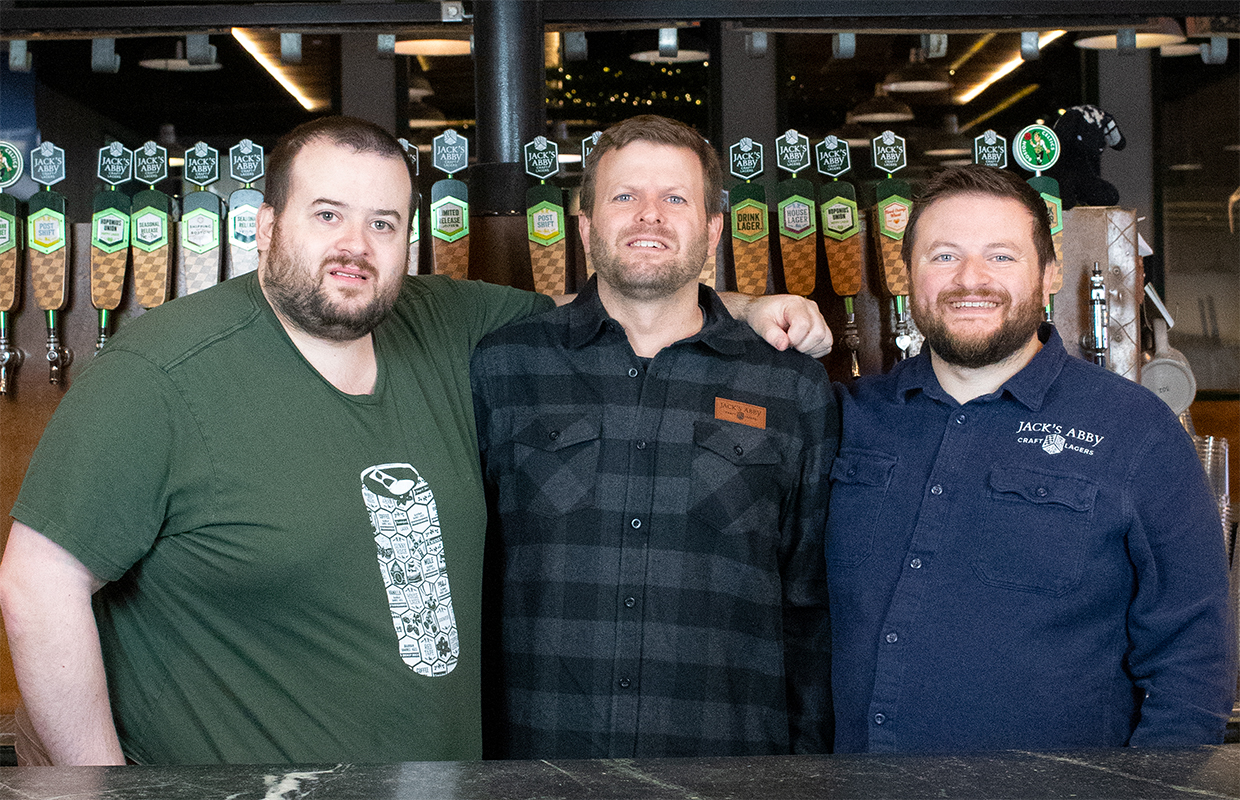
Jack Hendler is very passionate about Lager. And for as much as the craft beer industry is dabbling in Lager, the co-founder of Jack’s Abby doesn’t think that there’s enough emphasis on Lager production.
“It’s always sort of a side note,” he said. “A brewery will say, ‘We got five IPAs, and we happen to have this Lager on tap too.’ I’d like to see that change.”
Although when he and brothers Eric and Sam decided to join together to switch from the family business of ice delivery to creating a craft brewery in 2011, Lagers were going to be a focus, the Hendlers weren’t dismissing Ales at the start. It just happened that way and now Jack’s Abby in Framingham, Massachusetts is one of the largest craft Lager breweries in the country.
Jack, who is a trained professional brewer, convinced his siblings to move from New York to the Boston area and open up this brewery more than a decade ago. Now, after a 10th-year celebration in 2022, the brewery touts a spacious production facility and brewpub along with a sister brand (Springdale) that focuses on other types of beers while being courted by the NBA to become a partner with the legendary Boston Celtics.
All this, as a brewery that makes Lagers. Now mind you, Lagers at Jack’s Abby aren’t only German Marzens and Czech Pils. The brewery boasts a large variety of styles from across the world.
“I think that we’re well positioned,” said Jack, the brewery’s Brewmaster. “If we can really harness consumer appreciation for Lagerbier, we’re well positioned here.
“There’s always gonna be 10,000 breweries, right? So it’s either we compete against 10,000 IPA breweries, or we can compete against other Lager brewers. I think we’re well-positioned to do that. We’re known for brewing Lagers. That’s what we do. I think that we’re making some of the best Lagerbier. So I’m not worried about other brewers brewing and making better Lagerbier than us if anything. I think that sort of will stoke our creativity and stoke our passion for brewing better beer if anything.”
Always a critical focus, the brewery did not plan to be a Lager-only place. It just so happened that the first five beers made on the 20-barrel system the Hendlers started with were Lagers. It took a while for those batches to be sold at the start of 2012 as the brewery only had a small tasting room, no sales accounts for draft, and limited options outside of its immediate area.
Yet, it bloomed quickly and by 2015 the brewery found a new home with a large warehouse space and a capacity to brew 125,000 barrels per year. It’s materialized at this point to about 40,000 barrels, but the acceptance by craft beer fans to more Lager styles has helped some.
“I think craft beer aficionados have been easier for us to woo in some ways,” said Sam Hendler, who was officially named the company’s CEO in 2022. “A lot of it is we’ve put out a lot of styles. But Lager, just taking a step back away from craft beer, is the most popular style of beer in the world and it’s not particularly close. There’s a reason it’s popular. They’re really approachable styles and craft beer aficionados still like them.
“Maybe they weren’t allowed to like them 10 years ago when it wasn’t cool in an era that we saw where the question was like, how many IBUs can you pack into a beer was seen as a ‘the more, the better’ kind of thing. It seems to be more acceptable each year that we’ve been opened for craft beer lovers to love Lagers as a part of craft beer.”
But finding room for the common beer drinker is helping as well because Jack’s Abby is making something more approachable to those types of drinkers.
Convincing them to purchase a dollar-per-can 15-pack means leading through some education, but Sam said that is what the brewery’s tasting room is for.
“These are the ingredients we’re sourcing and we’re sourcing those ingredients for flavor, as opposed to sourcing them, specifically for the least amount of flavor contribution — which is kind of what the American Adjunct Lagers often are looking to do,” he said. “They can be as simple and clean and easy as possible.
“It’s a conversation we love having. It’s easiest to have here in the Beer Hall, and harder to have in the marketplace where people are bombarded with a million different options. But we do have a lot of success, especially here on-site, working with customers. We can cover a lot of different flavor profiles with Lager. And we see a lot of success too.”
Sam noted that he is curious to see if Lagers turn into a volume play in the future for craft beer.
“I think you’ve seen the media put some attention on it, which is wonderful. We love it,” he said. “We’ve seen some hot, trendy brewers that focus on Lager, which you wouldn’t really see 10 years ago, and that’s really great. But if you’re looking at craft beer specifically, IPA is king and there’s no second place. There’s a first place and then the next is like 11th place. IPA in the Boston market is more than half of craft beer sales so our pool of customers is less than half of the craft beer customers in Boston.
“That’s a huge thing to give away before you’ve even started trying to sell to them. I love the idea that Lagers come back, and it’s certainly getting way more attention in the craft beer world. We have not seen that translate into scaled volume in the marketplace.”
But, he said, this is how things often start, with some media attention and small brewers focusing on a style.
“I think if you were talking New England IPA in 2013 or 2014, somebody probably could have said the same thing,” Sam said. “Obviously, you see how that has turned out over time, and maybe give it another three to five years and Pilsner really will carve a place out for itself in the marketplace.
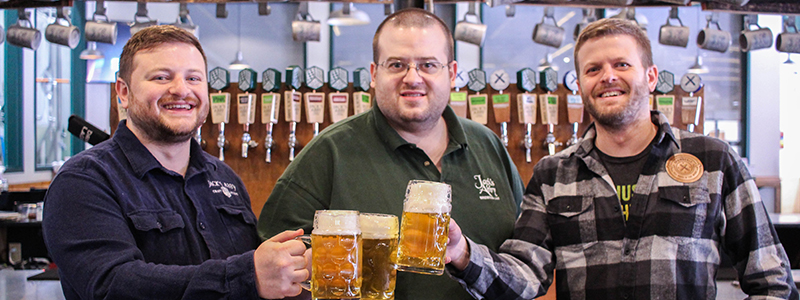
“If you want to know what’s happening today, the numbers don’t lie and IPA is still No. 1 and there ain’t no No. 2.”
In 2022, though, Jack’s Abby is seeing great growth for the brand, which is really exciting to Sam Hendler.
“You feel like a hero when ‘House Lager’ — your No. 1 brand — is up double digits and people are responding to it,” he said. “It’s been a huge boost to the business to have at least a base of draft back.”
The brewery was relatively geared towards draft pre-COVID and during its height, it was essentially a zero on draft sales for the brewery.
“We’ve come back to a really significant portion of those pre-COVID numbers,” Sam said. “That’s a huge boost to our business to have that back and rolling. The brewery’s Copper Legend Oktoberfest gets positive reactions and a focus back to the taproom right now has been key.
“The biggest thing is through all of it, we’ve had some part of our business that was working,” Sam said. “It hasn’t always been pretty, sometimes it’s been limping, but we have made it through to the other side and we’re solid and stable.”
The word “stable” stuck out. That’s not a word many craft breweries seem to enjoy. Over the past decade moving the volume number up was what mattered. But now, stable can be a positive word, Sam said.
“We’re stable, and after the shock to the system in the last two and a half years, that feels great,” he said.
With innovations that happen in the craft beer world, Eric Hendler said they can’t be standing still though.
“Especially with all the breweries that are always opening,” he said. “There’s always someone bringing something new and customers are always looking. It’s a combination, they like having reliables to fall back on and they also are always looking for something new. So you have to thread the needle between those two desires.”
With that thought in mind, the Springdale brand launched as a sister brewery that includes barrel projects and Ales in 2016.
“The acute need was we had this barrel program that was growing and growing,” Sam explained. “We were doing all kinds of sour, wild fermentations. We were sort of forcing it into the Lager brand by often doing an initial primary fermentation with Lager yeast and calling stuff barrel-aged sour Lagers, which was true, but we felt like it didn’t speak to the brand quite right and we wanted to find a home for it.
“We made that decision, let’s do something tailor-made for the barrel program, give it its own brand and its own feel. It’s something that spoke to the beer we were making there, which is just so drastically different from clean Lager production. Once we made that decision, it’s like, Hey, here’s our playground. Let’s go nuts. Let’s not put up the limit that it has to just be barrel-aged mixed culture fermentation. Let’s play with IPA. Let’s play with Kolsch. Let’s play with an awesome Wheat beer. Let’s get some of that creative juices flowing and see what can come out of it. So that’s been the story of Springdale the last six years.”
So with the two brands, digging deeper into the home market, especially the greater Boston area and the whole state is key.
“Massachusetts is still about two-thirds of our wholesale business,” Sam said. “We feel like it’s our No. 1 opportunity for growth. That’s where the heart and soul focus is, is on owning our home market. If we can do that, that stability is king when you can own your home market. It’s a lot harder for people to knock off your tap handle five miles from home than it is 300 miles from home.”
That’s a far cry from a decade ago when larger breweries like the size of Jack’s Abby is now was thinking. Getting tap handles in major beer markets was the idea and country-wide growth was looked at.
“In retrospect and looking back at it, I’m not sure that that was even the right strategy for the people who were getting those handles in DC or Chicago or wherever,” Sam said. “I think you saw a lot of those breweries have a really hard time the last five years because they over-extended and have lost a lot of that business in those outer markets. And you’ve heard people say they’re retrenching and pulling out of markets. They probably got the boost for a few years. But I think, in the end, they paid for overextending their businesses.”
In that tone, Sam said he was happy they opened when they did and didn’t grow too large quickly.
“Had we opened two or three years earlier and been at a place where we could have shipped beer further, maybe we would have made some of those same mistakes,” Sam admitted. “But our growth trajectory and our strategy ended up working out pretty nicely where we’re focused in Massachusetts, and then regionally, around Massachusetts, dipping our toes further but never at the expense of giving them proper resources.”
Jack sees off-prem sales as much more of a brand identity in the marketplace versus making money.
“We sell 70% of our beer from Boston to Worcester, and that’s never gonna change,” he said. “We’re going to be focused, plus or minus, 50 miles from this building at all times.
“I don’t see a big change in how people buy beer being all that dramatic in the short term. I don’t think you’re gonna see a lot of breweries that are focused on very large distribution footprints at this point. Unless they have it, that’s one thing. But I don’t think you’re gonna see a lot of breweries focusing on that sort of business model.”
Another way the brewery serendipitously increased its brand awareness was a phone call from the Boston Celtics on the NBA. A long-term partnership was formed and Pride and Parquet, a hoppy Lager, is the official craft beer of the team.
“It’s pretty amazing. We didn’t believe for a second that it was something that was actually going to happen,” Eric said. The Hendlers are from the New York area, but Eric said the franchise has “been amazing to work with.
“They’ve welcomed us in and they’ve converted us.”
Sam laughed and said they never would have had the guts to think Jack’s Abby could get a deal done with the Celtics.
“They talked to us and they were super flexible in figuring out something that would work for us,” he said. “Obviously, we don’t have the dollars that some of their other sponsors have. But we were able to figure something out that worked for both parties. We were shocked. Probably more surprised than anybody that that was a possibility.
“It’s been seriously a wonderful organization to work with. They’re professional, and they really care about the success of their partners. And it’s been a lot of fun to work with them.”
How much does Jack’s Abby want to grow?
“That’s a good question,” Jack said. “We’re in a really funny size. Being in that 40-50,000 barrel range, it seems like a lot when you’re brewing 2,000 barrels of beer. But basically, the same challenges for a 5-10,000 barrel brewery are the challenges that we see.
“We’re not big enough to really get into the marketing fights, the discounting battles … all the things that happen on the big scale. But we’re big enough that we have a lot of infrastructure, we have a lot of overhead, and being able to be efficient and produce enough beer that it makes sense to keep an operation like this. We originally designed this brewery to do about 125,000 barrels of beer, our brand does around 40,000 barrels of beer. So there is a big window of overhead that we can capture.”

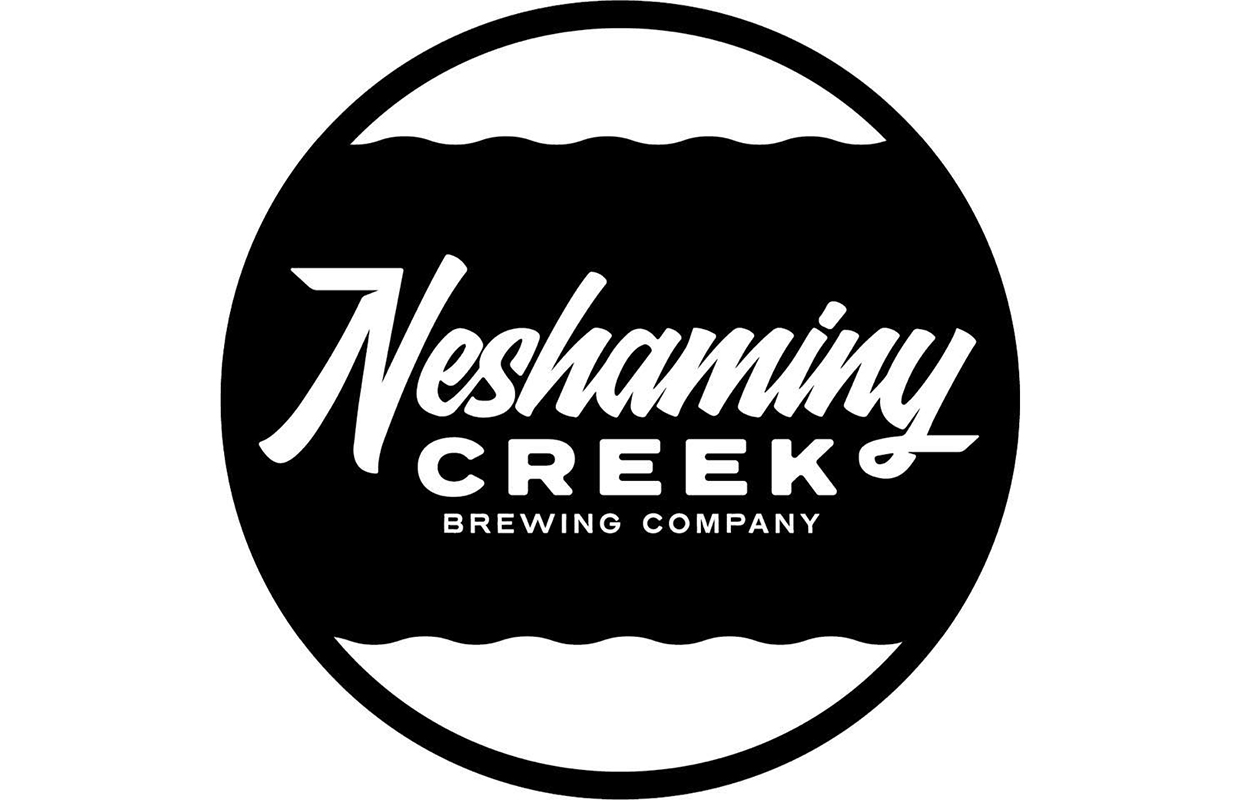
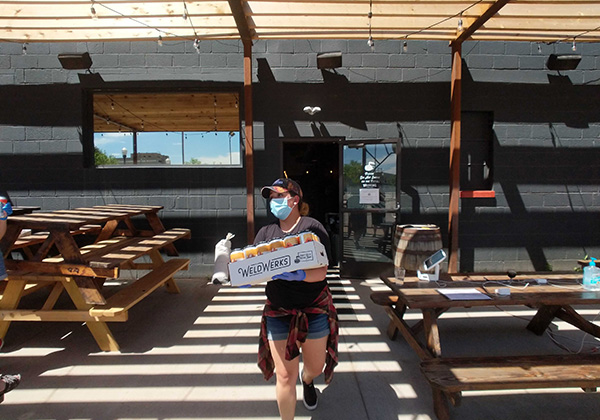
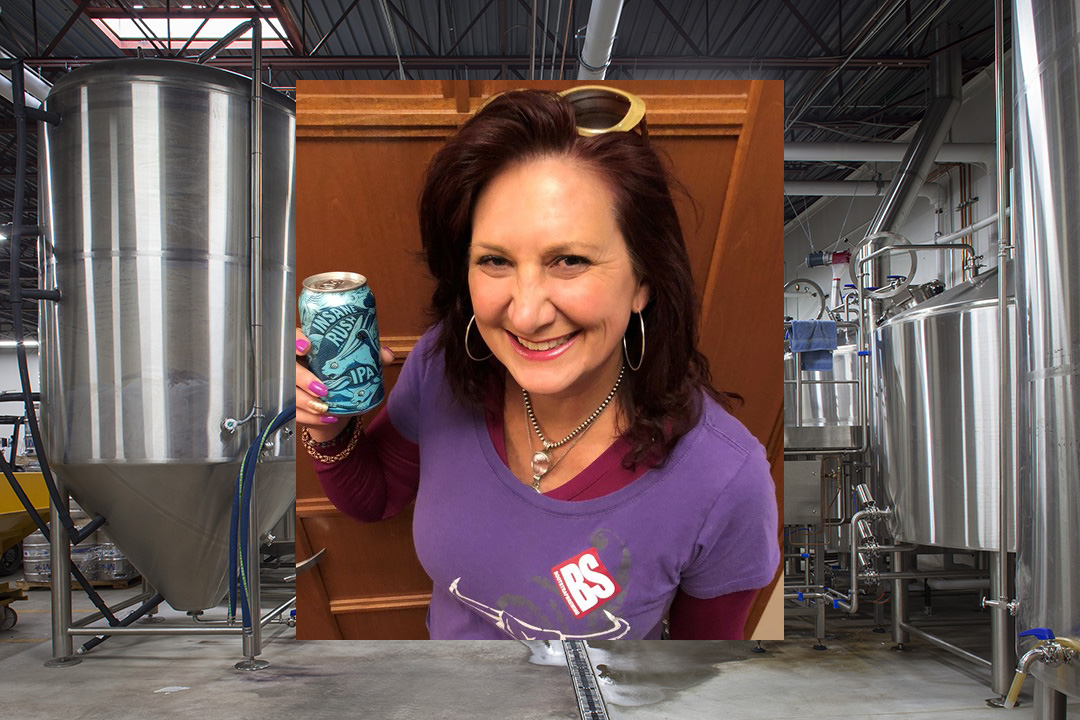
Be the first to comment